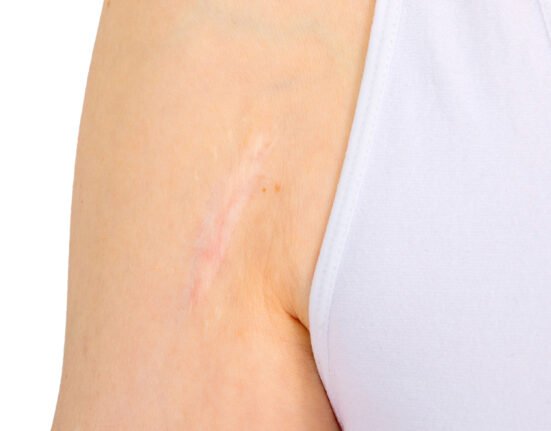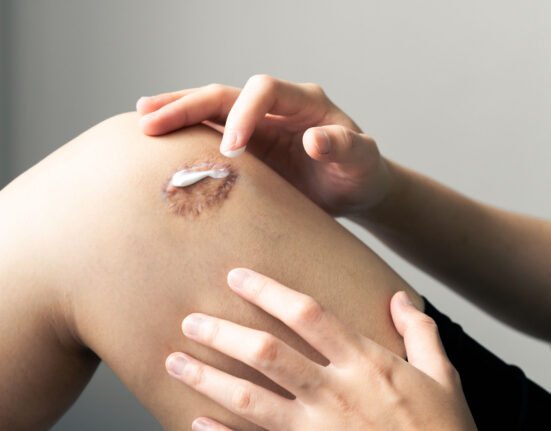The rainy season brings cool weather and cozy vibes, but also raises certain health risks. One that’s often overlooked is the risk of wound infection.
Constant exposure to moisture, wet shoes, and damp skin can make even minor wounds more complicated to heal and more prone to infection.
If you’re dealing with a cut, abrasion, or post-surgical wound, it’s crucial to understand how to care for it properly during the rainy season to prevent more serious complications.
Why Are Wounds More Vulnerable During the Rainy Season?
The rainy season causes significant changes in temperature and humidity. Unfortunately, these conditions create the perfect environment for bacteria and fungi to thrive. Here’s why wound care needs extra attention during this time:
1. High humidity encourages bacterial growth
Moist or damp wounds without proper airflow can become breeding grounds for harmful microorganisms. Even minor wounds can worsen if left wet for too long.
2. Lower environmental hygiene
Puddles, wet sandals, and damp clothing can carry germs and dirt that may come into contact with your skin. If you have an open wound, these contaminants can easily cause infection.
3. The skin barrier becomes weaker
Frequent exposure to moisture weakens the skin’s natural protective layer and strips away its oils. This makes the skin dry, cracked, itchy, and more vulnerable to injury and slow healing.
Minor Wounds Can Lead to Bigger Problems
Minor wounds from sandals, insect bites, or light scratches are often ignored. But these minor injuries can swell in damp conditions, become pus-filled, and develop into serious infections.
Without early and proper treatment, these wounds may become ulcers, and some may require intensive medical care.
Wound Care Tips During Rainy Season

To help wounds heal faster and avoid infection, follow these essential care steps:
1. Clean the wound immediately
Use a gentle, non-stinging antiseptic like wund+™ Wound Spray, which contains hypochlorous acid—a compound naturally produced by the body to fight infection.
2. Keep the wound dry
After cleaning, dry the area with a clean, soft cloth. Avoid leaving the wound constantly wet or overly moist.
3. Apply a regenerative cream
Use wund+™ Regeneration Cream to support natural healing, repair skin tissue, and maintain ideal moisture balance in the wound.
4. Protect the wound from water and dirt
Cover the wound with sterile bandages or dressings outside, especially in rainy or muddy conditions.
5. Change bandages regularly
Change the dressing at least once daily—or more frequently if it becomes wet or dirty. Always clean the wound again before re-dressing.
Watch for Signs of Infection
Seek medical help immediately if you notice:
- increasing pain around the wound;
- redness or swelling;
- pus or unusual discharge;
- fever or general discomfort.
Prompt treatment can prevent the infection from spreading and help you heal faster.
Don’t Let the Rain Delay Healing
The rainy season is no time to neglect wound care. Damp weather demands extra attention and timely treatment. Don’t wait until infection strikes to take action. Always keep wund+™ Wound Spray and wund+™ Regeneration Cream at home or in your travel kit.
With proper care, you can stay safe, active, and worry-free throughout the rainy season—even with a wound.
References
Inomed. Accessed in 2025. Wound Infection Worsens in Humid Weather?
Redcliffe Labs. Accessed in 2025. Tips to Avoid Infection During This Rainy Season.














Leave feedback about this